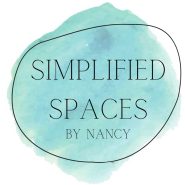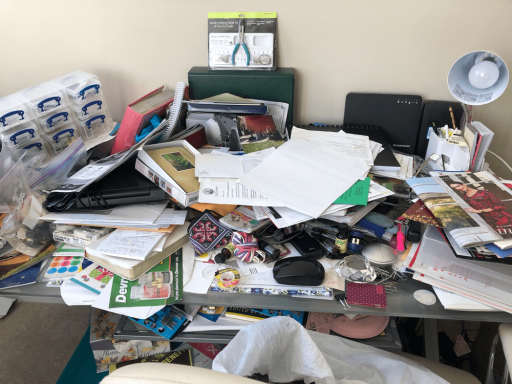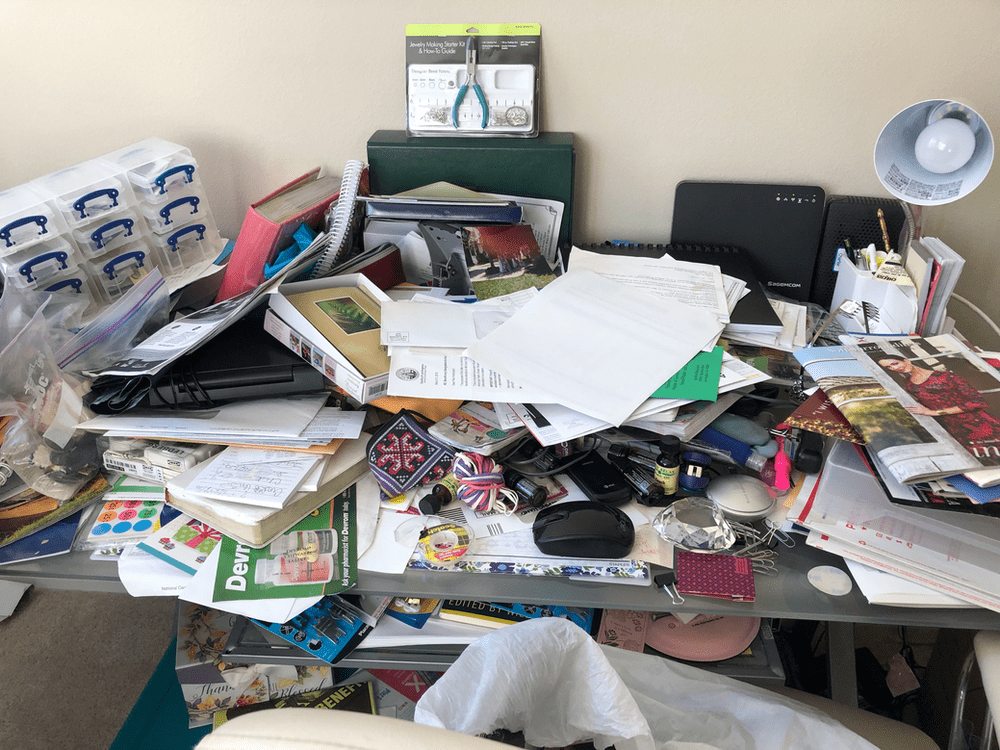
Time to Tame the Paper Monster??
It always seems this time of year I get a lot of requests to help people organize their paperwork. Sometimes its because they went to do their taxes and spent way more time looking for things than they should have. Sometimes it’s the “spring cleaning bug” and they are tired of looking at it. Sometimes it’s because they are helping a parent (brother, sister, cousin, friend…) relocate and they are suddenly looking at an avalanche of files, mail, etc. And, unfortunately sometimes its because a crisis has occurred and they are dealing with a “get it done and get it done now” situation.
For many of us, dealing with important documents and paper clutter can be a struggle. And what happens is we “will get to it…someday”, but then when someday happens, it’s very rarely at a convenient time. For that reason it's crucial to set up a functional home filing system that works for you ahead of time and that you will actually use. Your filing system must account for all the different types of paperwork you have, and staying on top of it can help alleviate a LOT of heartache at the time when you least need it—when a crisis happens. The best way to deal with it is to just buckle up and DEAL with it. And it starts with getting rid of the papers you don't need to streamline the storage. Here’s the easiest way to get it organized to finally get it organized.
Start with gathering all your papers in one place.
The first step in paper management is paper location. Corral it all in one place. Paper tends to live in several places if you let it: Check common places where paperwork can accumulate, such as the kitchen counter or inside a work bag. Bring it all to one spot where you have lots of room to spread out. Round up any spare bits of paper you find in every room, no exceptions, into one pile or container. This includes the garage, the kitchen, the living room, the bedrooms, the family room….everywhere.
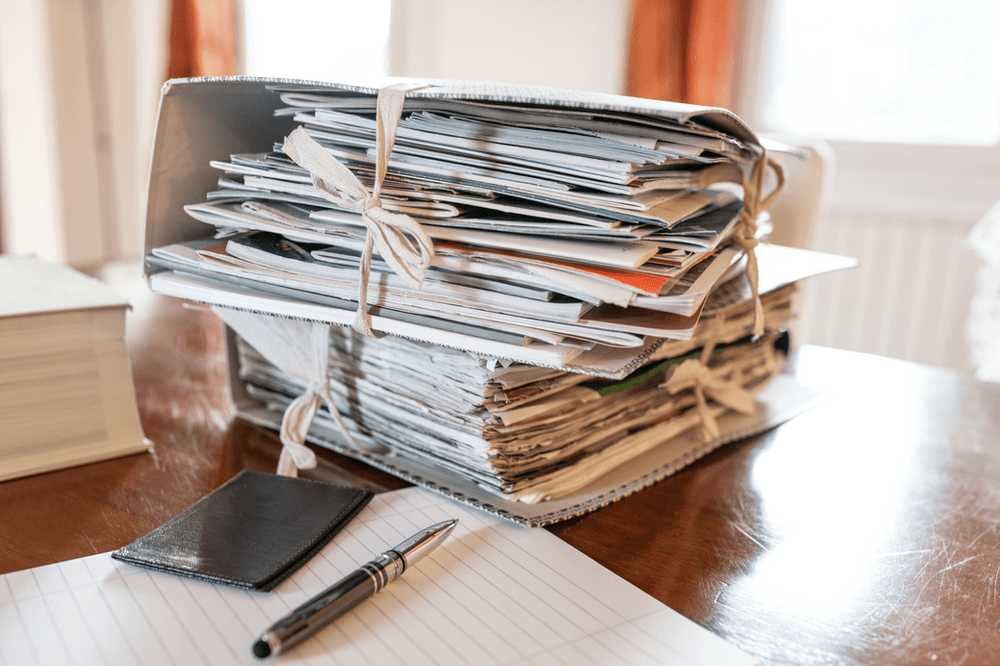
Next, Separate Your Papers Into 5 Categories
Now it's time to sort all of your paperwork. Each document will go into one of these five categories: action, archive, household, recycle, and shred. Here's what to put into each of these categories:
- Action: These are the papers you need to take action on and then discard. Don’t confuse these with documents that go in the household category. Household documents are filed permanently; action files are used once and then discarded. Examples include invitations, parking tickets, appointment reminders, homework, and bills.
- Archive: This category includes papers you need to hang on to but don’t need to reference more than once or twice a year. Examples are tax returns, medical records, academic records, deeds, leases, warranties, and contracts.
- Household: These are papers you use to keep your house (and life) running. Examples include coupons, recipes, user manuals, receipts for this year's taxes, and documents for upcoming travel.
- Recycle: These are papers that don’t fall into any of the categories above and contain no personal information. Examples include junk mail, newspapers, magazines, old homework you don’t need, and used envelopes.
- Shred: This category includes papers that don't fall into the first three categories but do contain personal identifying information. Examples are credit card offers, old bank statements, and bills
·
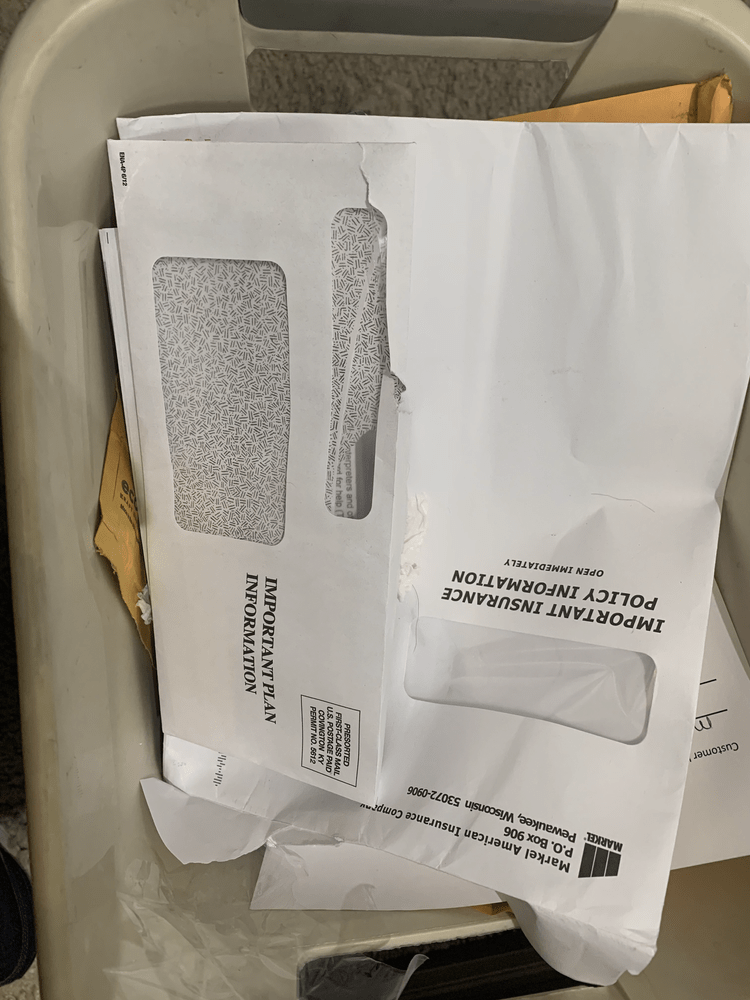
Then, Discard Documents You Don't Need –be honest and realistic.
· Now that you've divided your paperwork into the five categories, you can clear some space by discarding the papers you don't need. Don’t over-think this. Take out the recycling pile first, as this should be easy and just involve you dropping it into a recycling bin. Next, shred the sensitive documents you're getting rid of. When you're done, you only should have the papers you need to file left sitting in front of you.
Now you are ready to take action. Obviously, recycle the ones that you don’t need. Have a lot of mailings and advertising circulars? I swear they multiply at my house at night time when we are not looking. You can take this one step further and open your mail right next to your trash can. That’s what I do….it comes in, I process it, and it goes in the proper file or in the bin. No exceptions.
The rest? Be realistic here and create a system that works for YOU. This doesn't need to be Pinterest ready or complex. It needs to be something you will DO. I am a big fan of two kinds of filing: 1) colored file folders for different categories, and 2) three ring binders for the permanent items I need to keep.
First: Colored file folders are great: you can use green for anything involving money (bills,
receipts you want to keep, notices of things you need to pay that aren’t bills, etc). Red can be for immediate attention (permission slips, doctors notices, etc.,…anything that needs your attention soon). Blue can be for family matters, and of course yellow can be for fun things: take out menus, invitations, etc) . These are just ideas but you get the general gist…
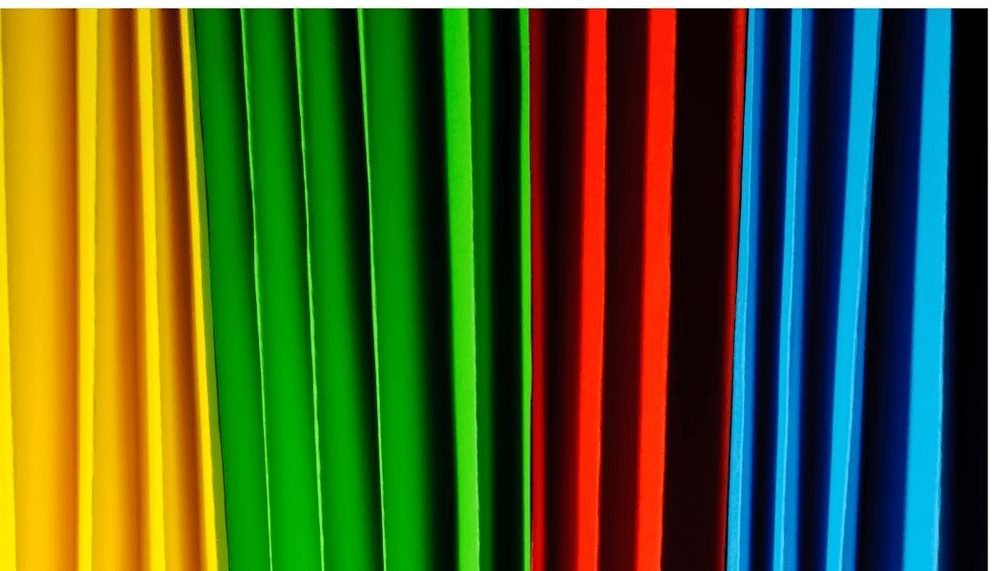
Second: Notice I didn’t have in a file category? Important things like birth certificates, passports, travel documents, car registrations and pink slips, warranty information—these need to go into a family binder. Have you read my blog about the Grab N Go Binder? No? Take a look at it when you get a chance, it will be a game changer for you.
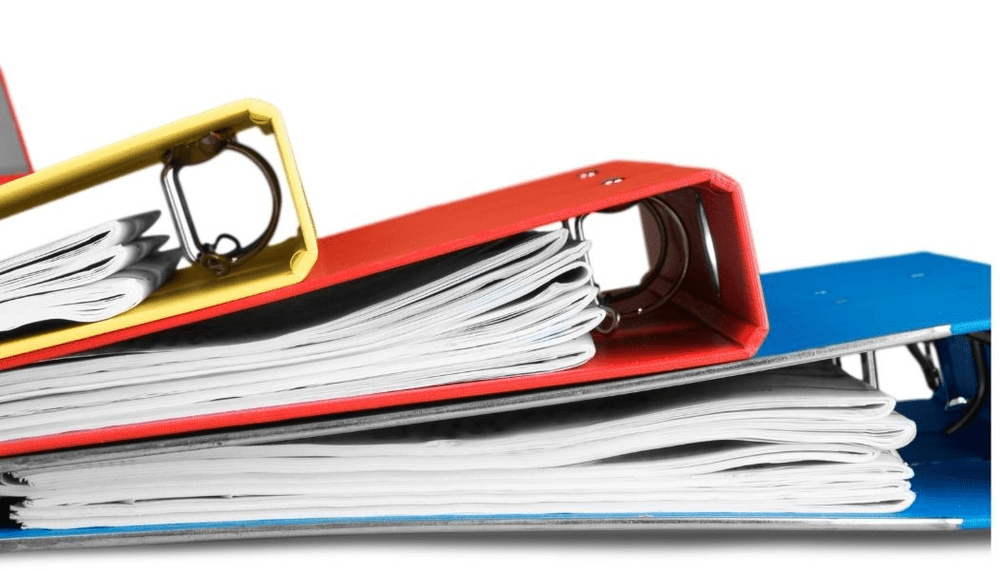
From here it’s a simple matter of finding a file box or other container (a cute filing cabinet is ok as long as you promise yourself it will ONLY hold paperwork and nothing else) and putting the files and the binder (s) where you know where they are. And then promise yourself you will take 20 minutes each week (Sunday nights work great in our house) to properly deal with what ever paper you get during the week. Find a place that is central to your home and family to put papers when they come in each put them there (a cute box or bin or basket) makes it so much easier, so you don’t have to go on a paper hunt the next time.
You can do this, you got it….Paper management doesn't ' need to be daunting. A little process goes a long way.
